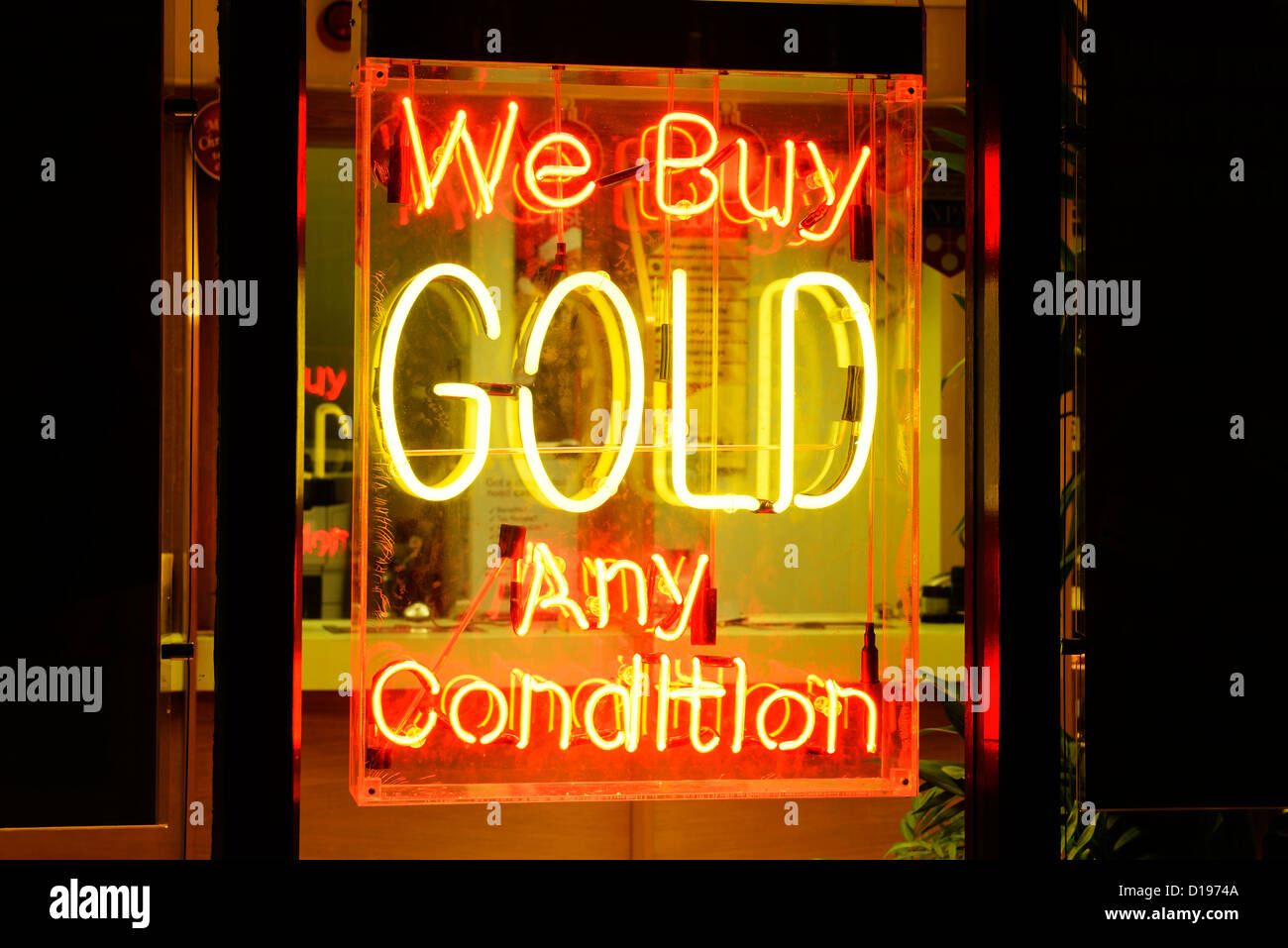Gold is a valuable commodity that has been pursued after millions of decades. It is used in jewelry, electronics, and even as a form of money. However, the path the metal takes from mines to consumers can be complex and often lacks transparency. This means that it can be challenging to know where the gold comes from and whether it was mined in a way that respects ethical standards and the environment. Innovative tracking solutions are developing as essential tools to ensure the reliability of gold supply chains.
One reliable method for improving transparency in metal logistics networks is the use of distributed ledger technology. Blockchain creates a tamper-proof digital record that records every exchange involving bullion, from the mine to the retail store. This system allows all stakeholders in the supply chain, including extractors, traders, and end users, to see where the material has been and verify its origin. By using ledger-based systems, organizations can provide proof that their metal is ethically sourced, helping to build confidence with customers who are increasingly concerned about responsible sourcing.

Another tracking method involves the use of distinct ID tags for precious metal products. These tags can include QR codes or RFID chips that store information about the gold’s source and journey through the supply chain. When consumers scan these tags, they can view comprehensive insights about the metal’s history, including where it was mined and how it was processed. This level of transparency not only helps consumers make informed purchasing choices but also promotes ethical practices within the sector.
In addition to technology-based solutions, collaboration among participants is crucial for ensuring trustworthiness in gold supply chains. Governments, non-governmental organizations, and More Info businesses must work together to develop defined policies and standards for sustainable mining practices. By supporting initiatives that site such as fair trade certification, these stakeholders can empower workers who follow ethical practices while also ensuring that consumers have access to ethically mined materials. Cooperation strengthens responsibility and creates a unified approach to tackling issues related to transparency in the market.
In the end, ensuring transparency and integrity in precious metal supply chains supports all stakeholders. Buyers gain confidence in their purchases when they understand their metal is sourced responsibly. Ethical practices can lead to improved labor environments for extraction workers and enhance environmental sustainability. As advanced tracking solutions continue to develop, they hold significant potential for reshaping how we view and interact with this commodity throughout its lifecycle from mine to market. The future of gold logistics systems looks more promising as these solutions pave the way for a more sustainable marketplace.